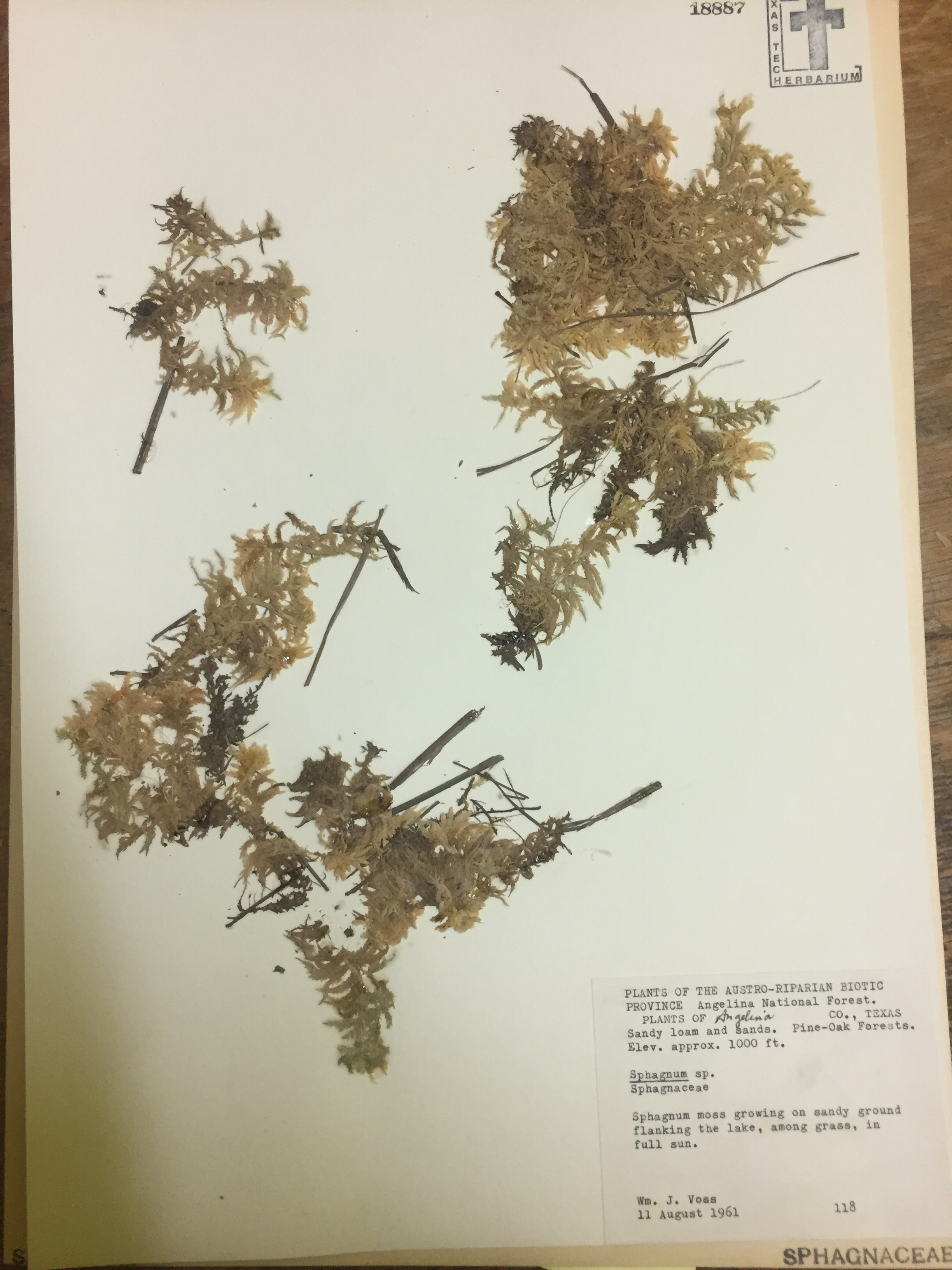The TTC Herbarium database is now available online! Click here to view the initial upload of 19,729 records:
http://portal.torcherbaria.org/portal/collections/misc/collprofiles.php?collid=387
It was a big day for the digitization efforts in the Herbarium! As recently as 2014, all of the records were stored on 3-inch floppy disks (the ones all the kids now only recognize as “The Save Icon”). In the following years, while the database was converted and meticulously checked, it was stored as a flat text file, ttc.csv. Although the record was backed up on github, it was not available for the wider community.
We are using the Symbiota online database as our management tool, which so far is working really well. It is easy to edit occurrences, and track changes to each entry. We were also able to use the geolocation script written by Dylan Schwilk to add georeference data to 60% of our specimens. Our regional data portal is through the Texas and Oklahoma Regional Consortium of Herbaria (TORCH), but users can access the full span of herbaria in North America via the specimen from any portal. A big thanks to Ed Gilbert for his help explaining how to get things set up!
I also spoke with Travis Marsico at Arkansas State (STAR) herbarium, who co-authored a paper this year explaining how to effectively digitize a small herbarium. He suggested some improvements to the workflow, including working from a set barcode number from the beginning. We haven’t received our barcodes yet, but plan on adding the barcodes while imaging the specimens, which will make matching images to the online records much easier!
With this in mind, we needed to figure out how to order the specimens, and decided to go “in cabinet order.” Coincidentally, at the very top of our first cabinet (the “seed-free” plants) was a single pressed specimen of Sphagnum! This is currently the only moss catalogued in the herbarium, but as the new director I thought it was fitting that it should serve as the beginning of the digitization effort. Since it was an undetermined specimen, I had some fun keying it out to species, thus forever leaving my mark in the “det by” column!
Here it is, Sphagnum palustre from Angelina County in East Texas, TTC000001:
